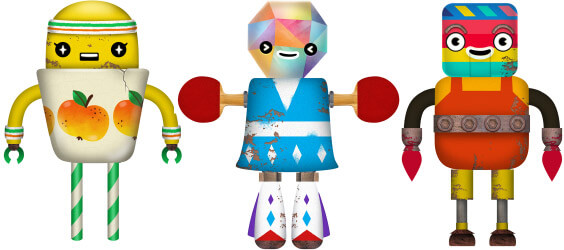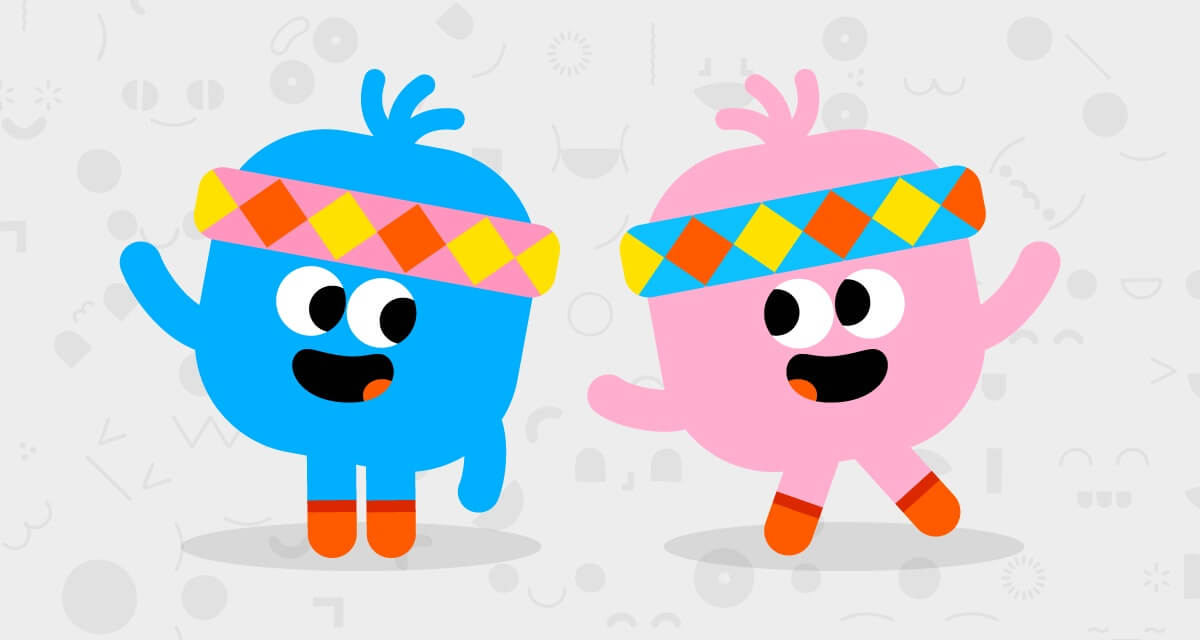Do boys and girls just want different toys? And if so, is it nature or nurture?
- By
- Parker Barry
As I walked down the main aisle of a local toy store last weekend, I noticed the signs overhead marking the rows to my left: Star Wars, Sports, and Bikes and Wheels. On the right: Dolls, Pretend Play, and (again) Dolls. Toys in the left aisles showed images of boys on the boxes, drilling, shooting and building. Toy boxes in aisles on the right depicted girls feeding dolls, strolling dolls, dressing up as princesses.
Even though there were no “Boy Toys” and “Girl Toys” signs in this store, it’s no surprise there were only boys to my left and girls to the right.
What’s up with the dramatic gender split between toys in today’s world, which is presumably more equal now than in the early- and mid-20th century when Erector Sets and chemistry kits were made just for boys and Barbie was considered a feminist rebel? Why is almost every “girl toy” pink or purple, and “boy toys” black or bold colors?
Does this toy segregation drive an unnatural wedge between boys’ and girls’ play, or do boys and girls just want different toys?
Topic of debate
The toys kids play with based on whether they’re a boy or a girl can become a controversial topic among parents, playmates and even researchers. Yet there are profound reasons to explore the effect toys and gender roles have on kids’ perception of play.
There are probably almost as many opinions on toys and gender as there are parents. As recently as 2012, one U.S. television commentator said a mom was “nuts” for buying her son a doll. On the flip side, some parents want their sons to play with dolls, while others want their daughters to avoid them. Some parents encourage their sons to be Superman, while some enjoy watching their daughters embrace princess status. Other parents create gender-neutral play environments for their kids free of pink and full of primary colors, wooden toys and no media characters.
There are probably almost as many opinions on toys and gender as there are parents.
Wherever your parenting style and your kid’s play preferences fall on the gender and toys spectrum, there’s no doubt that parents influence the way kids perceive their options based on the toys they buy and their reactions to how kids play.
To a large degree, conventional wisdom still holds that most boys and girls don’t naturally want to play the same ways or with the same toys.
“Parents raise girls and boys differently because girls and boys are so different from birth,” writes Dr. Leonard Sax, a proponent of single-sex education, in his book Why Gender Matters. “Girls and boys behave different because their brains are wired differently.”
Is that true? And, if so, why?
Nature vs. nurture
Based on studies of animals and human babies, genes and hormones do seem to influence why boys and girls often choose different toys, according to neuroscience professor Lise Eliot, Ph.D., in her book Pink Brain, Blue Brain. Eliot’s book cites a study in which researchers tested 1-year-old monkeys for their interest in human toys. Males spent more time exploring a ball and toy police car, females spent more time with a rag doll and a red cooking pot. The males and females spent the same amount of time exploring two gender-neutral toys (a stuffed dog and a picture book).
That’s because boys are more attracted to moving objects, while girls are more attracted to things that have faces or other social qualities, according some scientists. Others believe young boys’ hearing is less acute than girls, so toys that make more noise or encourage them to make noise attract boys.
But Eliot believes that, while there are very real neurological and biological differences in boys and girls, there’s also “plasticity” in the brain that allows boys and girls to balance their strengths and weaknesses if “each gender exercises a wider range of skills while growing up.”
Parents and playmates matter
Kids may also develop gender-based toy selection in part because of social feedback from parents and others.
“Even with infants, parents are subtly more positive to kids who pick up gender-typical toys,” says Dr. Elaine Blakemore, an expert on children’s gender development and professor of psychology at Indiana University — Purdue University, Fort Wayne.
Just a smile (or a lack of one) from a parent can signal to very young kids whether they are picking up the “acceptable” toy choice or not, says Blakemore. Those parent messages often become less subtle as kids get older, sending even stronger social approval or disapproval messages about toy choices for boys and girls.
Kids may also develop gender-based toy selection in part because of social feedback from parents.
Kids who don’t follow gender-typical toy choices may face teasing by peers at school and shaming by relatives. Research shows this is particularly true for boys. But there’s another, even more powerful factor at play than peers or parents.
Is it your kid’s choice or the advertisers’ choice?
“There’s evidence that parents are less gender stereotyped than children,” says Dr. Blakemore, who has been researching issues related to gender, kids and play since the 1970s. “That suggests that somebody other than parents is having a strong influence.”
That “somebody” is advertisers.
For example, LEGO spent more than $40 million introducing its LEGO Friends line for girls, with sets like a LEGO shopping mall and hair salon. The Disney Princess brand is “the largest franchise on the planet for girls ages two to six,” pulling in sales of $4 billion in its first nine years, Peggy Orenstein writes in her book Cinderella Ate My Daughter.
Marketers and advertisers may split toys by gender simply to sell more toys, not because toys need to be pink, for example, to attract girls’ attention. Even girl-empowerment toys like Goldie Blox may not necessarily be a better choice than a gender-neutral toy that encourages similar skills for either boys or girls, says Dr. Blakemore.
“The more desirable outcome would be not to market them to boys or girls at all,” she says, which avoids “turning the world into overwhelming masculine or feminine categories.”
Dr. Blakemore’s research shows the toys that are most “strongly masculine” or “strongly feminine” were found to correlate with negative outcomes, such as increased focus on violence in boys and physical beauty in girls.
“What we found was the toys most likely to develop a host of skills” — spatial, social, critical thinking and more — “were gender neutral, or moderately masculine.”
Marketers and advertisers may split toys by gender simply to sell more toys.
Practically speaking, what does all of this information mean for parents? Maybe we need to limit ad exposure and moderate our reactions to discover our kids’ real toy preferences.
What we know for sure is that play allows kids to explore their likes and dislikes and expand their comfort zones while having fun. So perhaps toys, advertisers and parents would be most helpful to kids by allowing each individual girl or boy to explore all ways they relate to the world, including gender, without overpowering suggestion or stereotyping within toy store aisles, and beyond.






